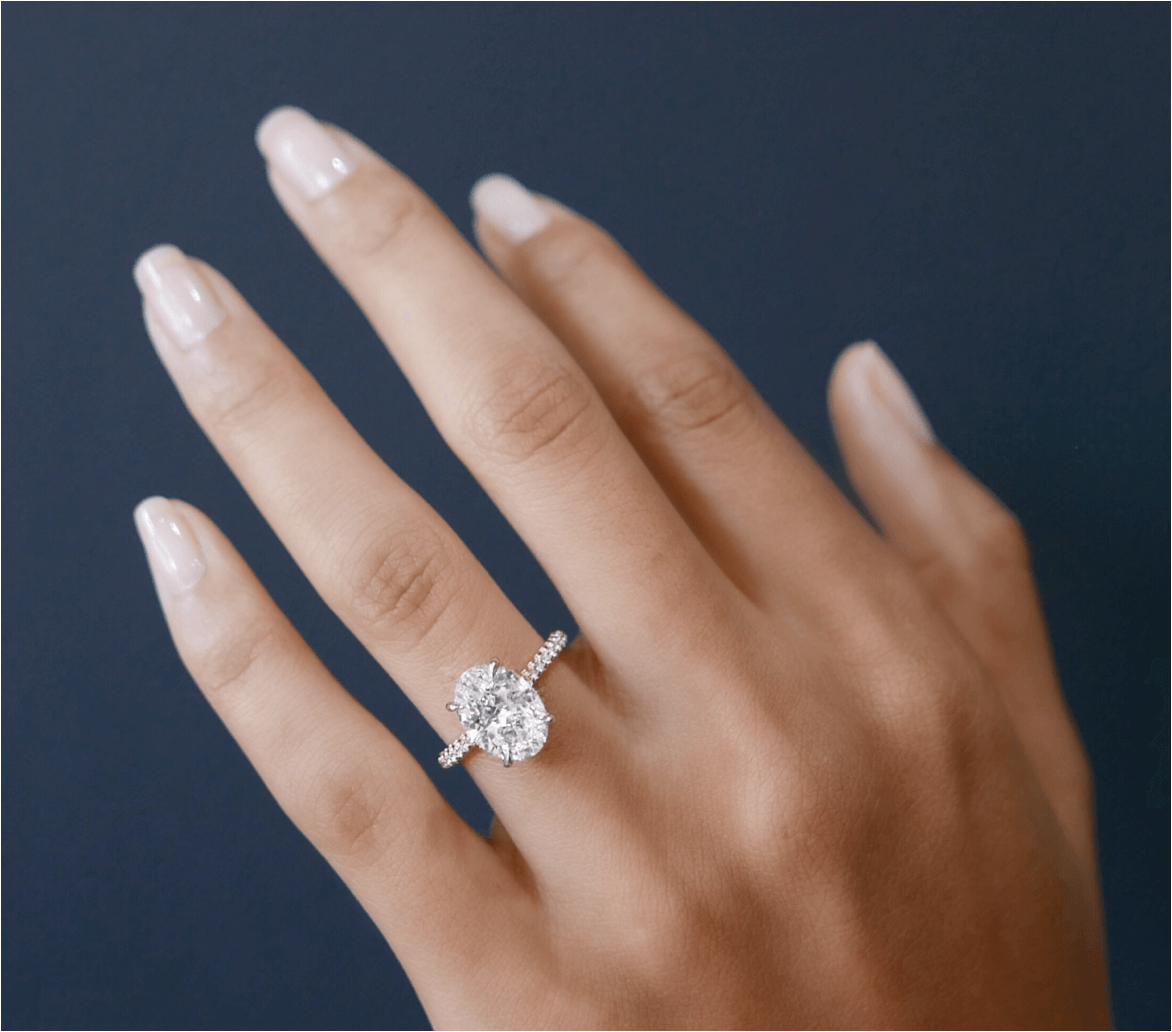
Tips to Sell Diamond & Gold Jewelry Near Me
Selling diamond and gold jewelry can often feel daunting, whether you’re parting with a cherished family heirloom or simply looking to cash in on your investment. At Wulf Diamond Jewelers, we understand the emotional and financial aspects involved in selling precious items. This comprehensive guide will walk you through the steps to effectively sell diamonds and gold jewelry, ensuring you get the best value while enjoying a seamless experience.
Understanding the Market Value
The Value of Diamonds
Diamonds are not just exquisite gems; they also hold significant financial value. The worth of a diamond is determined by several factors, commonly referred to as the “Four Cs”: carat weight, cut, color, and clarity. Understanding these elements can help you assess the value of your diamond before you decide to sell.
The Value of Gold
Gold jewelry has intrinsic value based on its purity and weight. The price of gold fluctuates in the market, influenced by global economic conditions. Knowing the current gold prices can assist you in determining how much your gold jewelry is worth when selling.
Preparing to Sell Your Jewelry
Assess Your Jewelry
Before you sell diamond or gold jewelry, it’s essential to evaluate its condition and worth. Here’s how to prepare:
1. Get an Appraisal
Having a certified gemologist or jeweler appraise your diamond and gold jewelry is crucial. This assessment will give you a clearer understanding of its market value and help you set realistic expectations.
2. Clean and Repair
Presenting your jewelry in the best possible condition can significantly enhance its appeal and value. A simple cleaning can make a big difference. If there are any repairs needed, consider getting them done before selling. At Wulf Diamond Jewelers, we offer professional cleaning and repair services to ensure your jewelry shines.
Research the Market
Understanding the market trends for diamonds and gold is essential for a successful sale. Investigate the current prices for both diamonds and gold. Websites and industry reports can provide valuable insights, helping you gauge the right time and place to sell.
Where to Sell Diamond and Gold Jewelry
Local Jewelry Stores
One of the most reliable options for selling diamond and gold jewelry is a local jewelry store. Stores like Wulf Diamond Jewelers offer a personalized experience, allowing you to receive an on-the-spot appraisal and immediate cash offers.
Benefits of Selling Locally
- Trustworthy Evaluation: Established jewelers can provide a fair assessment of your jewelry.
- Convenience: Local stores make it easy to sell your items without the hassles of online selling.
- Immediate Payment: Many local jewelers offer cash on the spot, which can be very appealing.
Online Platforms
If you’re looking to reach a broader audience, online marketplaces can be an effective option. Websites such as eBay, Craigslist, or specialized jewelry selling platforms allow you to list your diamond and gold jewelry for potential buyers.
Pros and Cons of Selling Online
- Pros: Wider audience and potentially higher prices due to competitive bidding.
- Cons: More time-consuming, requires listing and dealing with shipping, and may involve seller fees.
Auction Houses
For high-value pieces, auction houses can be a viable option. They attract serious collectors and can often yield higher prices for rare or unique items.
Considerations for Auctions
- Fees: Auction houses typically charge seller fees, which can impact your final earnings.
- Timing: Auctions may have specific timelines, so you’ll need to plan accordingly.
The Selling Process
Setting a Price
Once you have a clear understanding of your jewelry’s value, setting a price becomes essential. Be realistic and open to negotiation. While you may have an emotional attachment to your jewelry, it’s crucial to consider market conditions.
Presenting Your Jewelry
When selling diamond and gold jewelry, presentation matters. Here are some tips:
- High-Quality Photographs: If selling online, ensure you have clear, well-lit images showcasing your jewelry.
- Detailed Descriptions: Include all relevant information, such as carat weight, gold purity, and any certifications.
Closing the Sale
When you find a buyer, ensure that all details are finalized, including payment methods and any necessary documentation. If selling to a store like Wulf Diamond Jewelers, confirm the terms and conditions before proceeding.
Emotional Aspects of Selling Jewelry
Dealing with Sentimental Value
Parting with diamond and gold jewelry often comes with emotional challenges, especially if the pieces have sentimental value. Here are some tips for managing these feelings:
- Reflect on the Memories: Acknowledge the memories attached to your jewelry, which can help ease the emotional burden.
- Consider a Keepsake: If selling a family heirloom, think about keeping a small piece or having a new item created from it as a keepsake.
The Benefits of Selling
While it can be tough to let go of jewelry, selling can also be an opportunity for new beginnings. Whether you’re using the proceeds to fund a special purchase, invest in a new venture, or simply declutter, selling your diamond and gold jewelry can lead to positive changes in your life.
Conclusion
Selling diamond and gold jewelry is a process that requires careful consideration, preparation, and market knowledge. Whether you decide to sell locally or online, understanding the value of your jewelry and the available options will help you achieve the best results. At Wulf Diamond Jewelers, we are here to assist you every step of the way, providing expert advice and a welcoming environment to ensure a smooth selling experience. If you’re ready to sell diamond or gold jewelry near me, visit us today and discover how we can help you get the best value for your precious items.



